How Much Worm Castings To Add To Soil (Best Tips!)
Starting seeds and growing a garden is an economical way to produce food for your family and I want to share a tip I’ve learned over the years. Add organic worm castings (vermicompost) to your seed starting mix before sowing your seeds and you’re sure to have healthy seedlings pop up! But how much worm castings should you add to your soil?
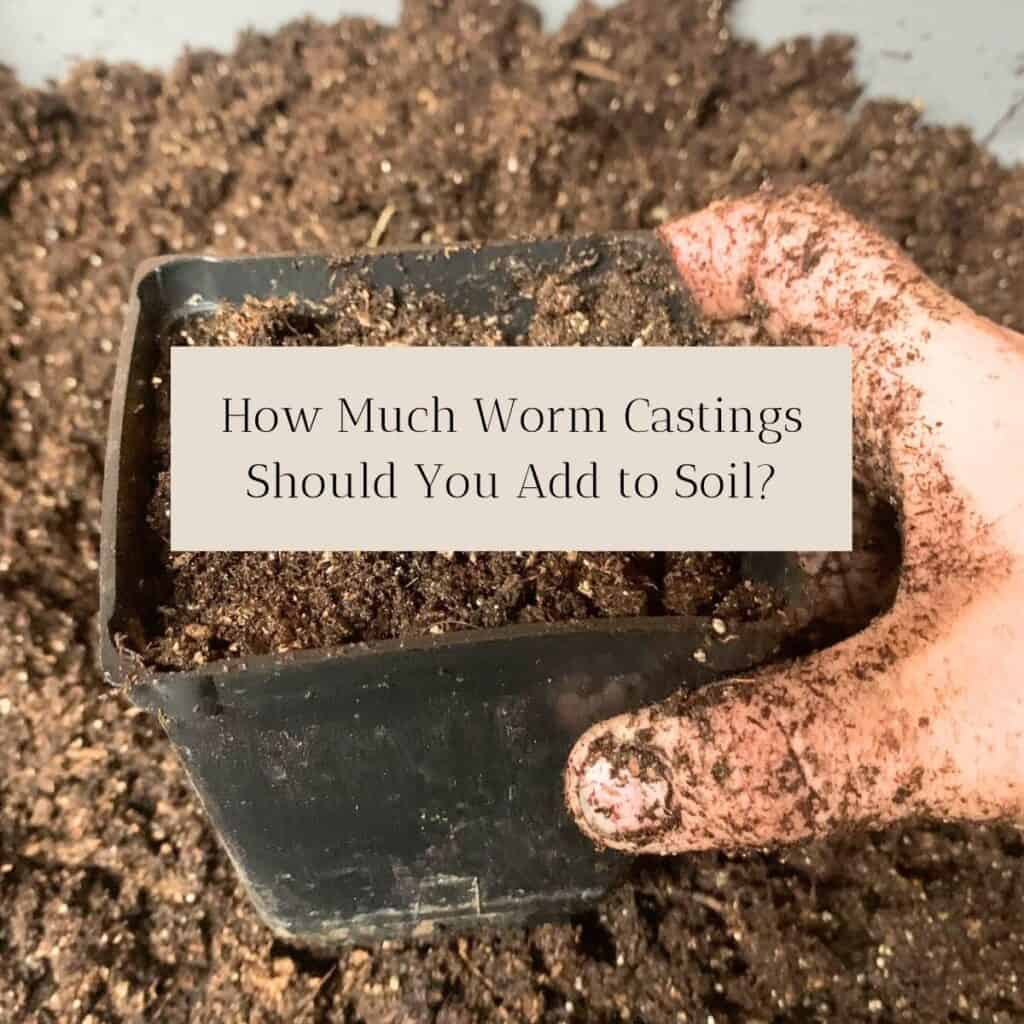
How much worm castings should you add to soil?
You should mix your soil or medium with 20% of worm castings (a.k.a. worm poop) for best results. There isn’t much benefit when you add more than 20% of vermicompost to soil; however, there are many benefits when you add the right amount. Your germination rates will improve along with seedling growth, crop yield, and much more!
In order to have the most success with seedlings, among other things you should give them a proper diet.
Worm castings are a superfood packed with plant nutrients appropriate for all indoor plants and outdoor plants. Seedlings all the way up to established plants will benefit if you add this nutrient-rich soil amendment.
I usually think of my seedlings as babies. They are my baby plants, and I want to take care of them so that they will grow big and strong.
I noticed an improvement in germination rate when I started adding worm castings to my seed starting mix years ago.
What are worm castings?
Earthworm castings (vermicompost) are the organic material (a.k.a. “worm poop” and “dried manure of worms”) produced by earthworms after they eat. It is full of microbial life. Adding a handful of worm castings around the base of house plants or vegetable plants is a great way to encourage healthy plant growth and fruit production.
Earthworms eat organic matter including food waste, decaying root systems, old plant material, even spent coffee grounds. If you’re a vermicomposter, you probably have a bin of red wigglers going.
Worm castings are a non-toxic, organic fertilizer and natural soil amendment that’s safe for children, pets, and pollinators. Just like compost (a.k.a. black gold), worm castings are in the realm of slow-release fertilizers because the nutrients are slowly released over time. It’s also a great alternative to synthetic fertilizers, and it’s perfect for all types of plants.
It also improves garden soil structure by improving soil aeration and water retention. Additionally, it supports a healthy and biologically diverse active soil food web thanks to all the beneficial microbes and fungi.
You may have heard that healthy soil equals healthy plants and it’s true. Worm castings go a long way to help fight off plant diseases!
It also boosts chitinase (enzyme), humic acid (decomposed material), essential nutrients, and minerals. For example, it’s high in nitrogen, phosphorus, phosphate, potassium, potash, sulfur, magnesium, calcium, sodium, iron, manganese, copper, zinc, and boron.
Study: Growing Tomatoes in Worm Castings
I found a fascinating study published in 2017 by the U.S. National Institutes of Health (NIH) that compared (1) growing tomatoes in soil amended with vermicompost, (2) growing tomatoes in soil with chicken manure compost, (3) growing tomatoes in plain soil using traditional chemical fertilizers with urea, and (4) growing tomatoes in plain soil with no added amendments.
The study showed that the tomato plants grown in soil with vermicompost were significantly taller, with thicker stems, more fruit per plant, and the fruits were better quality. They also found that the worm castings improved the soil more than the other methods.
I can testify to the benefits of adding worm castings because my tomato plants grow by leaps and bounds every year!

Study: Growing Gourds in Worm Castings
Another study published in 2018 by the NIH compared (1) growing gourds in soil with vermicompost from cattle manure, (2) growing gourds in soil with only cattle manure, and (3) growing gourds in plain soil with no added amendments.
The number of gourds, the number of leaves, and the number of flowers was significantly higher when the gourds were grown in soil amended with worm castings. But also the nutrition and the number of seeds inside the gourds was higher!
There were 2.5 times more vermicompost gourds than cow poop gourds. And there were 20 times more vermicompost gourds than plain soil gourds! The mineral content in the roots, leaves, and gourds was also highest in the vermicompost gourds.
Did you know that heavy metals in soil are absorbed by plant roots just like nutrients and heavy metals can be found in roots, stems, leaves, and fruits?
I thought it was interesting that they mentioned long use of animal manure can lead to the accumulation of heavy metals in soil and negatively impact plant growth, soil microbial diversity and activity, and agricultural productivity.
But vermicomposting animal waste will bring down the heavy metal levels because worms bind them up when it passes through their bodies so that the heavy metals can’t be absorbed by the plants anymore!
I didn’t know that worms could do that!
How do you add worm castings to soil?
The general consensus is to add 20% of worm castings or less to existing soil. This is because there’s not much of a growth difference when you add more than 20% of worm castings. Also avoid planting young plants or new trees in 100% pure worm castings, since it could damage the roots.
And unless you’re making a ton of your own worm castings at home, worm castings are expensive to buy.
I have found that the best way to add worm castings for the most impact, is to add it to my seed starting mix when I’m planting seeds.
When I’m getting ready to start seeds, I get out a bag of seed starting potting soil, a bag of worm castings, and a tray of pots ready.
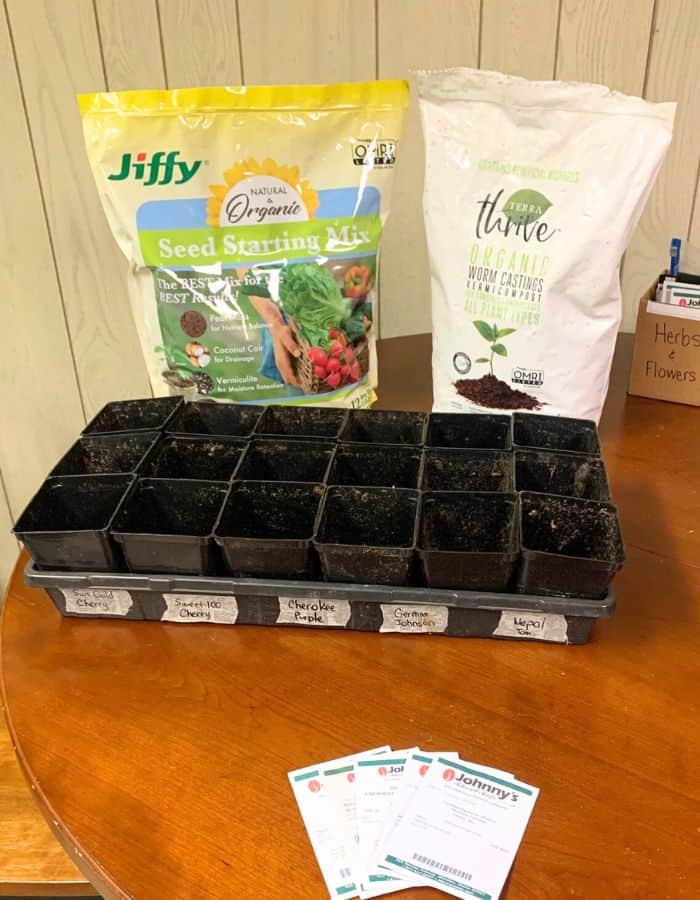
Then I will get out my big Rubbermaid tub and a quart-sized plastic cup. My seed starting area is in my basement and so is my laundry room where there’s a sink.
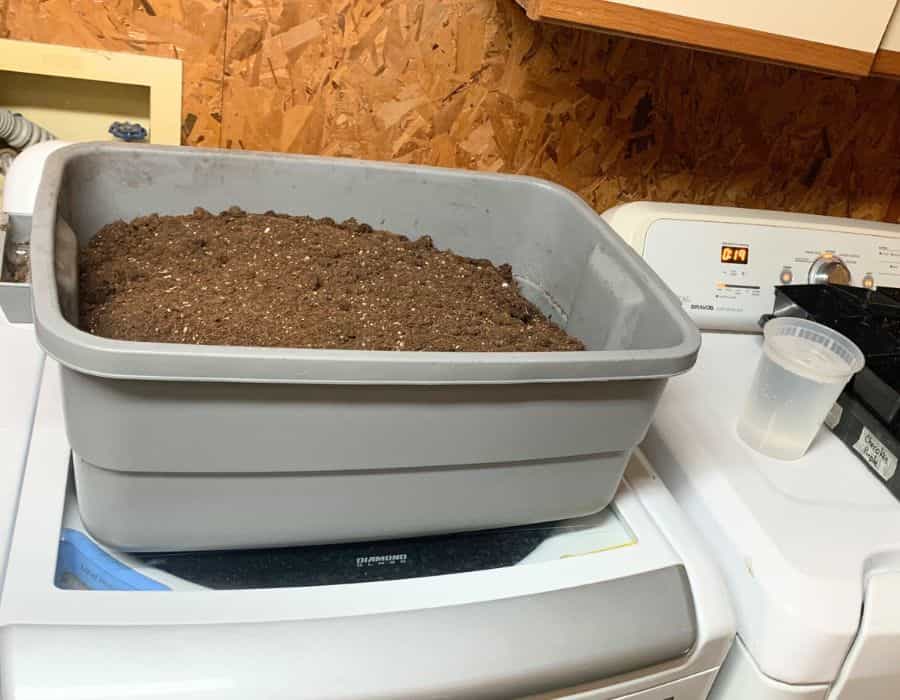
Doesn’t everyone do laundry and start seeds at the same time?
I don’t usually measure the seed starting mix because the bag usually indicates if it’s 8 quarts or 16 quarts and I typically use an entire bag and then some when I’m starting seeds.
Following the 20% general guideline, I will add 2 plastic quarts full of worm castings for every 8 quarts of seed starting mix.

Then I will mix it together with my hand while adding water.
There’s no bad smell to the worm castings just like there’s no bad smell on a finished compost pile. The worm castings are noticeably more granular and almost black when compared to the seed starting mix.
Other ways to add worm castings to soil:
There are a few different ways to add worm castings to your soil for improved plant growth and production.
Add earthworm castings to your potting mix.
Mix four parts of soil and one part worm castings to fill your seed starting trays and pots. This is what I always do when I’m starting my vegetable and herb seeds.
The slow release of nutrients will feed your plants and create productive plants.

Add worm castings to your planting hole.
If you’re transplanting your seedlings outside in early spring, why not add some worm castings directly into the bottom of your planting hole to give the roots of your plants a great start?
It’s been shown that adding some worm manure to your planting hole reduces transplant shock and helps your plants deal with environmental stress.
Make worm casting tea.
You can turn worm castings into liquid form compost tea (or worm tea) by adding a few cups of worm castings to a bucket of water and letting it sit overnight for best results.
It’s a good idea to put the worm castings into a porous bag like a pillowcase first, so that after the “tea” is prepared, you can simply pull the bag out and be left with rich compost tea. Then the castings won’t clog your sprayer when you spray the compost tea on your plants or directly on the soil at the roots.
Add worm castings as a top dressing around the base of the plant.
As your plants grow, you can add some fresh worm castings directly around the base of your plants as a side dress and scratch it in a little bit. This is the easiest way to feed mature plants (in vegetable gardens and elsewhere) because you won’t disturb the plant’s roots.
You can also use worm castings as a top dressing in flower beds and under fruit trees. It’s a great, natural fertilizer for any indoor plants and container plants, too!
A good rule of thumb is to add two pounds of vermicompost per ten square feet and then work it into the top of the soil gently. You can add it more often but it’s generally done once per growing season.
If you’re adding worm castings to mature bushes or trees, add a half pound per one square foot.
Make your own worm compost bin!
If you’re interested in starting your own worm farm, there’s a cheap and easy way to do it no matter where you live. All you need is a plastic bin of some kind. Old trash cans and rectangular totes are easy to find and re-use.
Then add about a gallon of soil, some organic waste like banana peels and other kitchen food scraps, and introduce some worms. Voila! You’ve made your own personal worm bin!
Redworms (a.k.a. red wigglers), are surface feeders commonly found in moist leaf litter and manure piles. They are well suited to vermicomposting because they thrive in confinement and will tolerate a wide range of conditions. However, they don’t do well in average garden soil.
Common garden worms and European nightcrawlers will quickly die off in a worm bin, so avoid using them.
You can harvest worm castings after 3 to 4 months depending on how many worms you have working for you.
For more information, see this vermicomposting tutorial by the University of Maryland.
Leave a comment.
Leave a comment and let me know if you use worm castings. If you live in an urban area or if garden space is at a premium, I want to encourage you to add some worm castings and get more production out of your garden beds!
Other Posts You May Enjoy
How to Trellis Tomatoes Using the Florida Weave
Gardening: Is Clay Soil Acidic (Low pH)?
Laboratory Soil Testing and Resources for Gardeners
Signs of Acidic Soil (Low pH) and How to Make it Alkaline
Why Living in the Country is Cheaper
Pin It For Later!


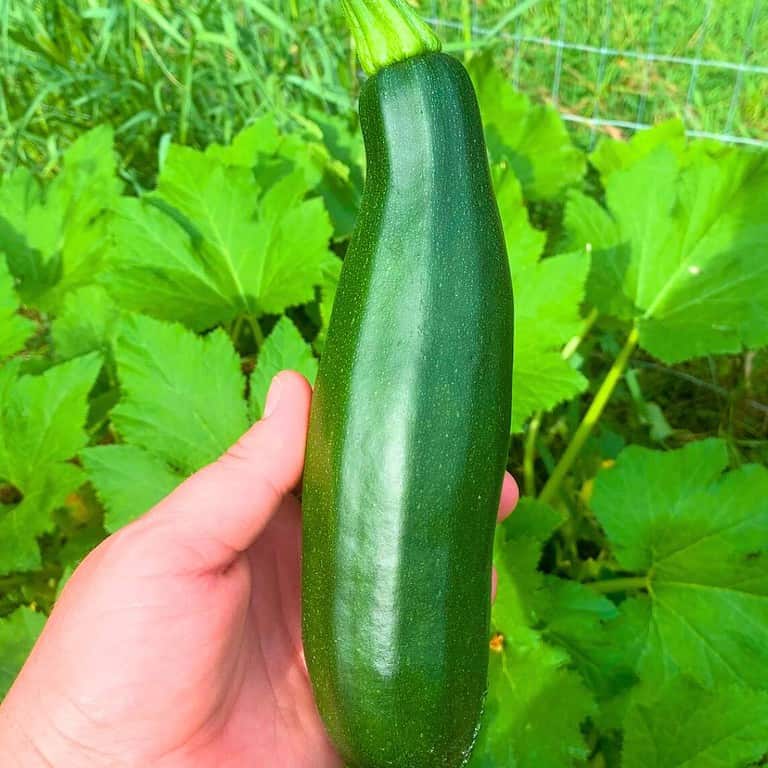
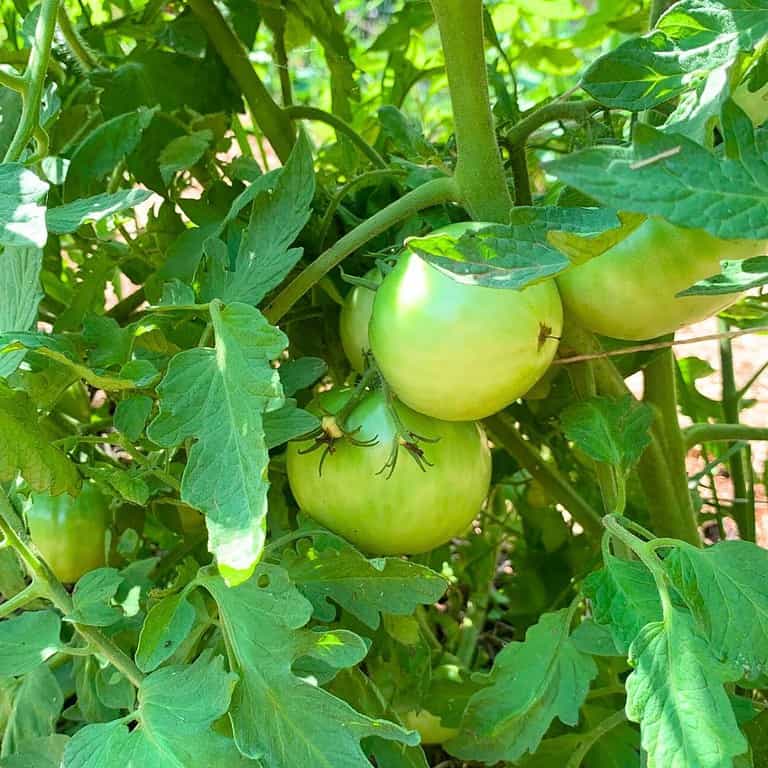

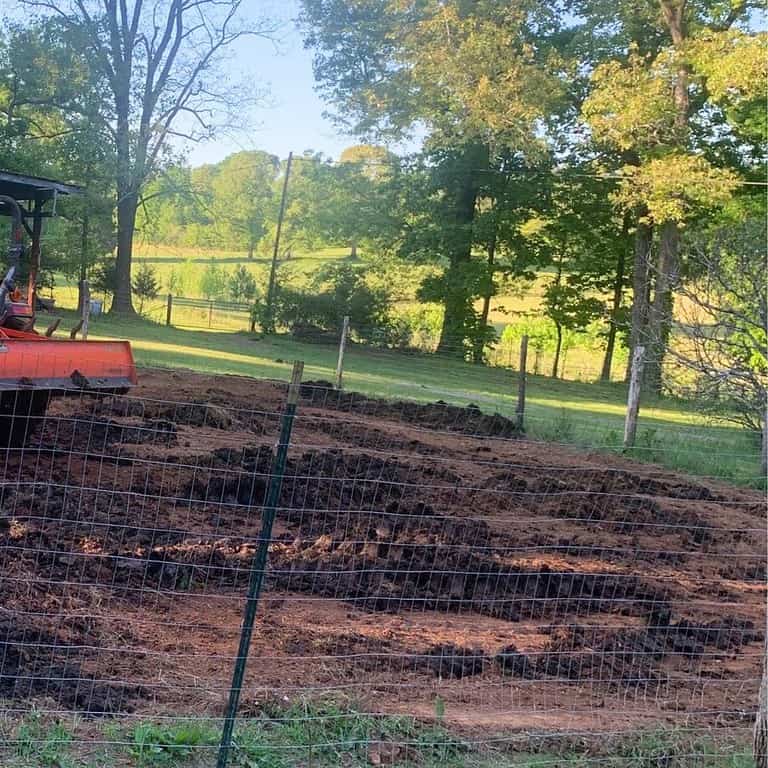
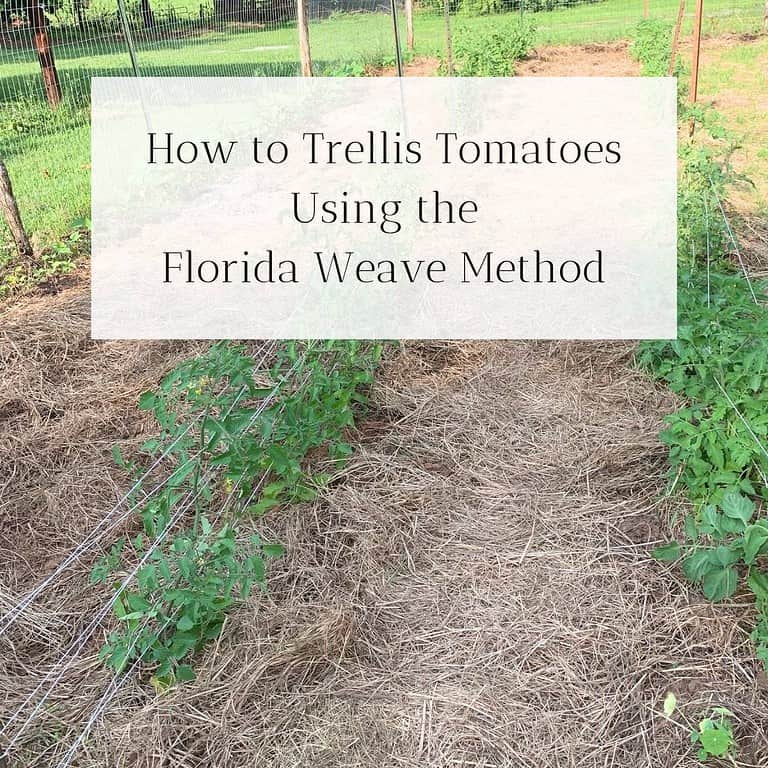
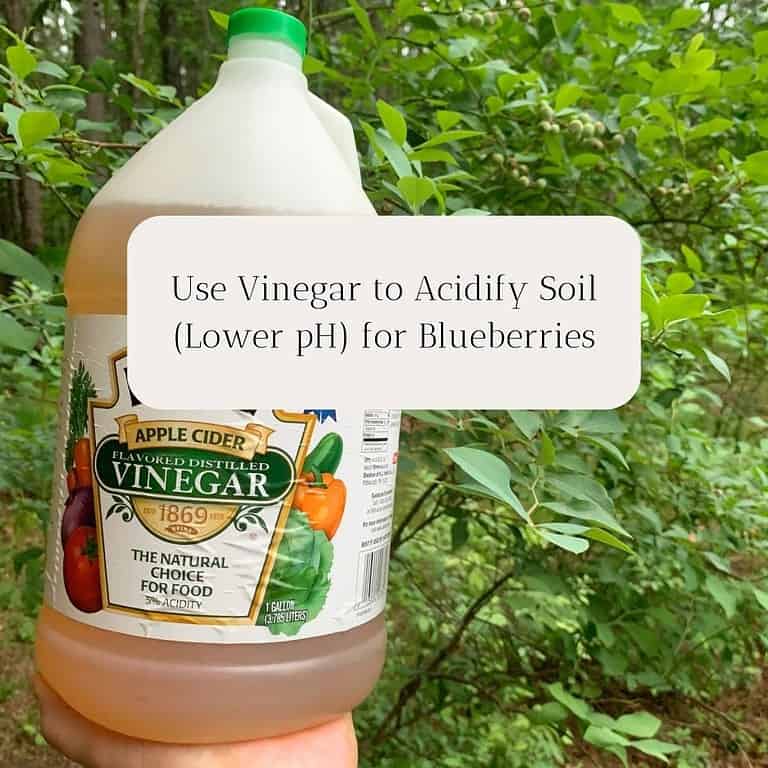
good to know! I am noting this for my garden next year! It will be a new (to me) house so I am going all out!
That’s so exciting!
I can’t wait to start our worm farm! This will be such a game changer for the garden!
I love this!
So good to know! I honestly didn’t realize heavy metals could be absorbed through the roots, but totally makes sense now! Thank you for sharing 🙂